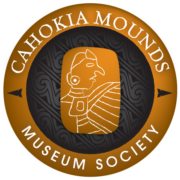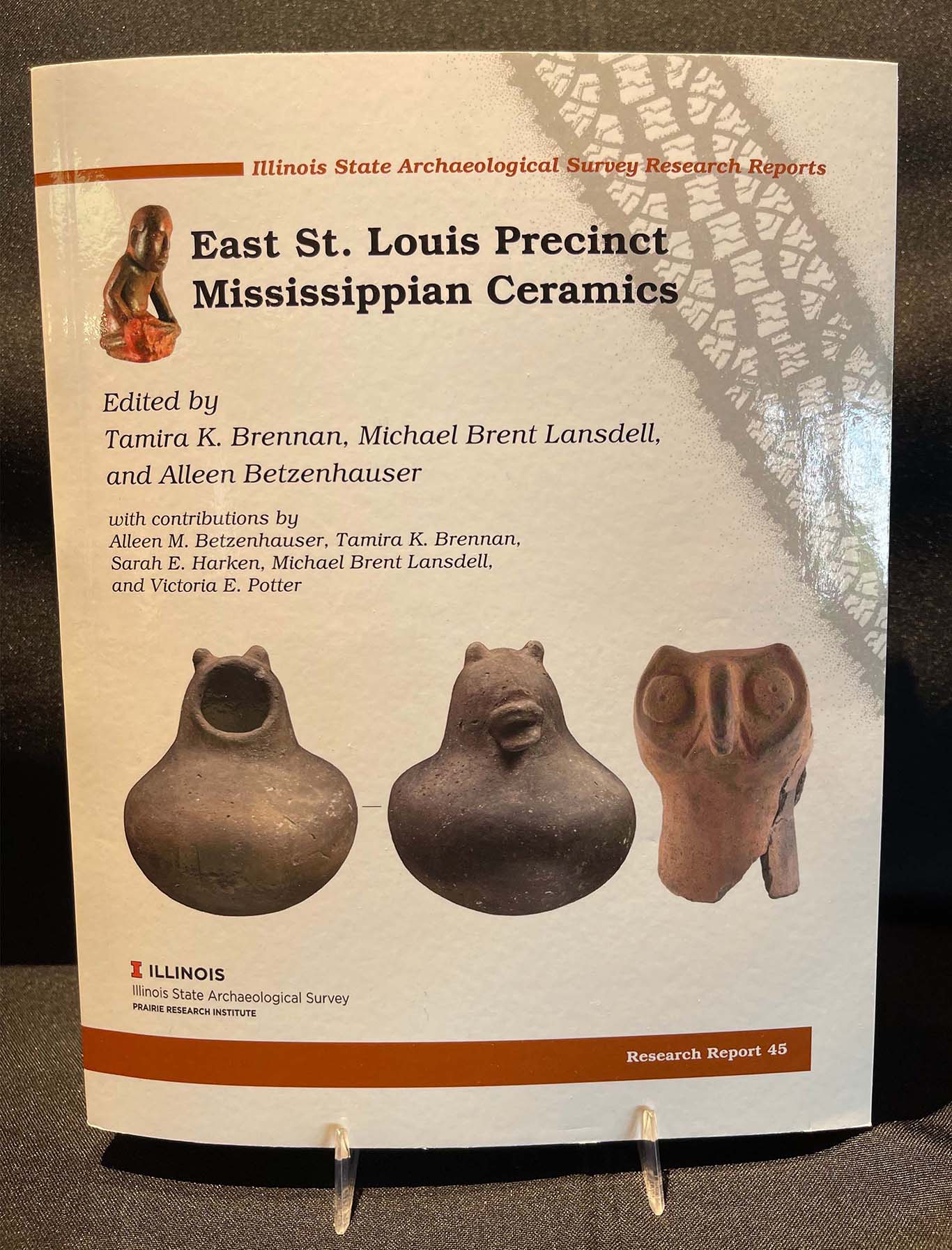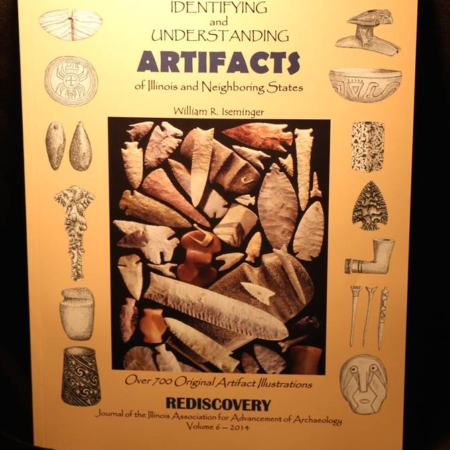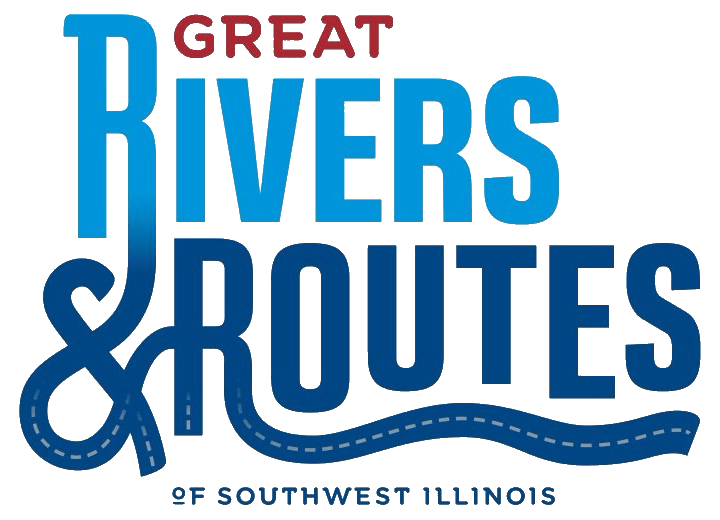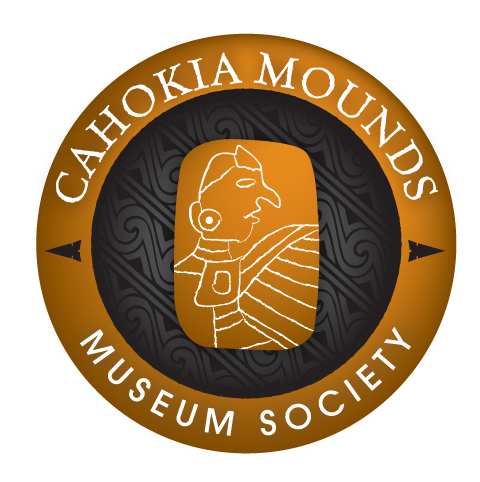Description
Edited by Tamira K. Brennan, Michael Brent Lansdell, and Alleen Betzenhouser
With contributions by Alleen Betzenhouser, Tamira K. Brennan, Sarah E. Harken, Michael Brent Lansdell, and Victoria E. Potter
The American Bottom and its associated uplands were home to the largest and most populous Mississippian period (locally, AD 1050-1400) complex ever built. This complex consists of the Cahokia, East St. Louis, and St. Louis Precincts of Greater Cahokia, all major mound complexes in their own right, a wall as the many small interspersed mound, village, and farmstead sites that shared a rich religious and political life. Decades of prior research indicate the complexity of Mississippian culture(s), which is further illustrated by the results of the 2008-2012 investigations at East St. Louis for construction of the of the New Mississippi River Bridge (NMRB). The archaeological project associated with this bridge covered approximately 4% (11.5 ha) of the 290 ha site, resulting in the exposure of a total of 6,435 features spanning the Terminal Late Woodland to Early Moorehead Mississippian periods (AD 900-1250). A total of 3,997 of these date to the Mississippian period exclusively. The insights availed by this project contribute to a better understanding of the culture’s history and the dynamic interactions that resulted in a new kind of community at the advent of the Mississippian period.
Published by the Illinois State Archaeological Survey Prairie Research Center, 2019
ISBN: 9781930487152

